Recommended Posts
AdD 1
Steering line length and brake settings also effect opening.
Life is ez
On the dz
Every jumper's dream
3 rigs and an airstream
On the dz
Every jumper's dream
3 rigs and an airstream
shah269 0
No guys, the info is great! Please continue.
I have learned so much!
I have learned so much!
Life through good thoughts, good words, and good deeds is necessary to ensure happiness and to keep chaos at bay.
The only thing that falls from the sky is birdshit and fools!
The only thing that falls from the sky is birdshit and fools!
Quote
...what are the most common causes of "hard" openings?
Deployment
Wind
"I may be a dirty pirate hooker...but I'm not about to go stand on the corner." iluvtofly
DPH -7, TDS 578, Muff 5153, SCR 14890
I'm an asshole, and I approve this message
DPH -7, TDS 578, Muff 5153, SCR 14890
I'm an asshole, and I approve this message
QuoteQuote
...what are the most common causes of "hard" openings?
Deployment
Wind
Gravity
~ If you choke a Smurf, what color does it turn? ~
QuoteQuote
...what are the most common causes of "hard" openings?
Deployment
Wind
Can you expand a little on this, or confirm that you are joking?
Thanks.
QuoteQuoteQuote
...what are the most common causes of "hard" openings?
Deployment
Wind
Can you expand a little on this, or confirm that you are joking?
Thanks.
Well, if you're standing on the ground, and you throw your pilot chute... it's probably not going to be a hard main opening.
"I may be a dirty pirate hooker...but I'm not about to go stand on the corner." iluvtofly
DPH -7, TDS 578, Muff 5153, SCR 14890
I'm an asshole, and I approve this message
DPH -7, TDS 578, Muff 5153, SCR 14890
I'm an asshole, and I approve this message
QuoteQuoteQuote
...what are the most common causes of "hard" openings?
Deployment
Wind
Can you expand a little on this, or confirm that you are joking?
Thanks.
Those are correct, but not practical answers.
Those are an answer of a mathematician.
Very close but far from being practical.
No hard opening without deployment, right?
Wind, relative wind, airspeed.....
Most cases:
-Deployment speed
-Slider placement
-Design ???
-line dump
-bag strip
I got some unexpected hard opening on an elliptical canopy.....
I've check my speed graph. There was a peek of 230 km/h on deployment.....
Quote
-line dump.
I don't believe this causes hard openings. Bag strip will, but line dump?
I recently was plagued by a long series of hard openings, the kind where people watching the video wince. Someone watched me pack and noticed that when I rolled the tail i was rolling it while pulling the canopy towards the folds, effectively allowing the canopy to spread open inside. The corrective action was to roll the tail toward the canopy and my openings have been fantastic since.
Quote
Well, if you're standing on the ground, and you throw your pilot chute... it's probably not going to be a hard main opening.
Oh got ya! I thought this was some BS about how strong the uppers were!
Andy9o8 3
QuoteHard openings are a function of....
Thunderstorms.
QuoteHard openings are a function of....
Mesh slider, new zero-P fabric, one stow, and a canopy designed to open quickly.
Oh yeah, body position.
top
Jump more, post less!
QuoteQuoteHard openings are a function of....
Mesh slider, new zero-P fabric, one stow, and a canopy designed to open quickly.
Oh yeah, body position.
top
I bet THAT will clear out the sinuses huh Top?
~ If you choke a Smurf, what color does it turn? ~




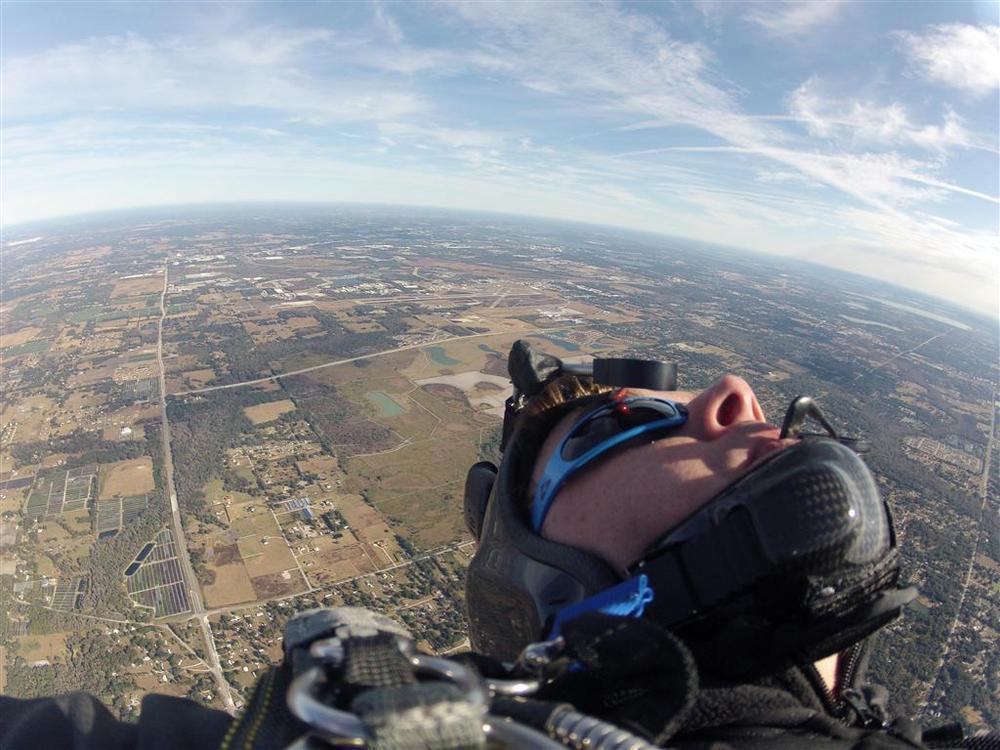
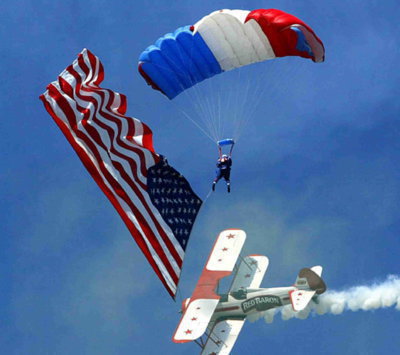

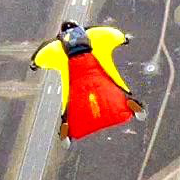
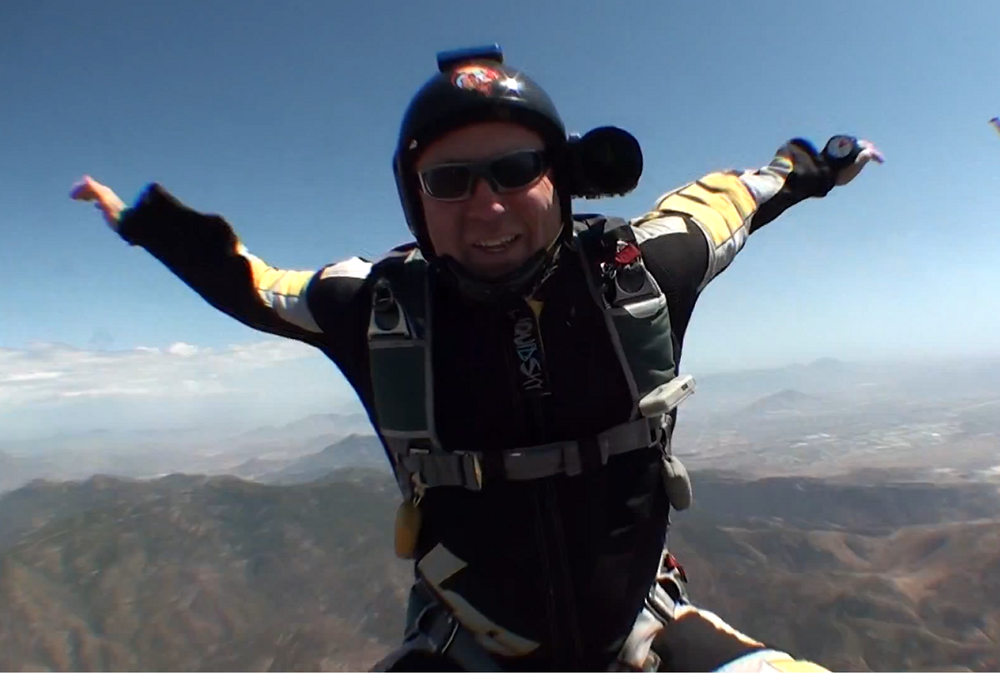

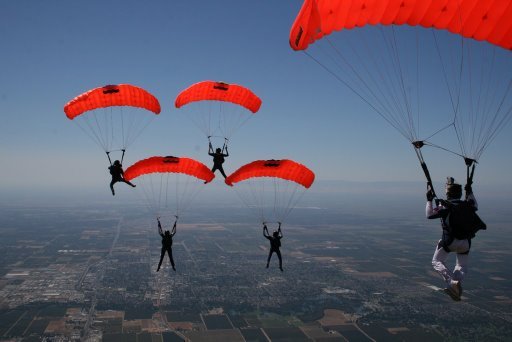
If you want any technical explanation you will need to contact Potvin, because most of this paper is his. I think numbers 1 and 3 in your answer above are going to be most relevant to Shah's question. We might be getting too technical if we talk about much else.
Share this post
Link to post
Share on other sites